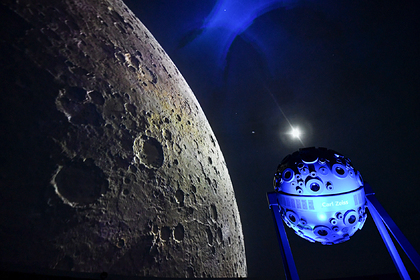Western countries, primarily Europe and the United States, in the early 2030s, can launch into space the Interstellar spacecraft, partially repeating the mission tasks of Voyager-1 and Voyager-2, which left the Solar System, reports <url>. European Union of Earth Sciences.
It is noted that in 15 years after the launch, Interstellar will be located at a distance of about 1000 astronomical units from the Sun, that is, in interstellar space. The mission's scientific program is designed for a minimum of 50 years. Among the tasks of Interstellar are, in particular, the study of the interaction of the solar wind with interstellar gas, as well as the Sun with the Galaxy.
Voyager 1 and 2 were the only man-made objects to leave the Solar System. The spacecraft are identical, the launch mass of one station (together with hydrazine) is 815 kilograms. When unfolded, the device is placed in a cube with a side of four meters. Voyager 2 was launched in August 1977, 16 days earlier than Voyager 1. The devices, in addition to scientific equipment, carry messages from humanity to possible alien civilizations. It is believed that radioisotope thermoelectric generators (RTGS) will allow Voyager 1 and 2 to communicate with the Earth until about 2027.
The boundaries of the Solar System are defined in two ways: the heliosphere (the magnetic analog of the planets ' atmosphere) and the Hill sphere (the region with the determining gravitational influence of the central celestial body). For the Sun, the radius of the Hill sphere is estimated at one to two light-years. According to the first definition, Voyager 1 and 2 left the limits of the Solar system, according to the second-no.
Ivan Potapov

